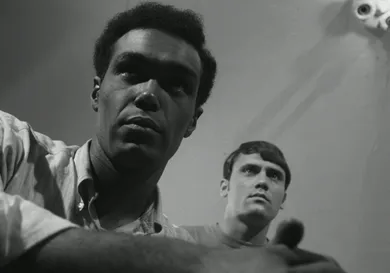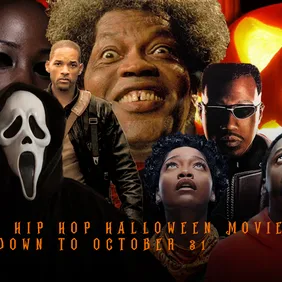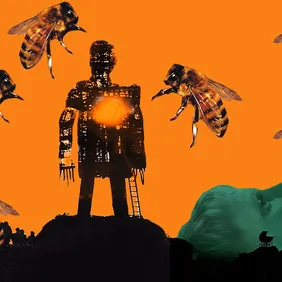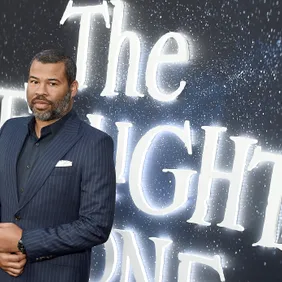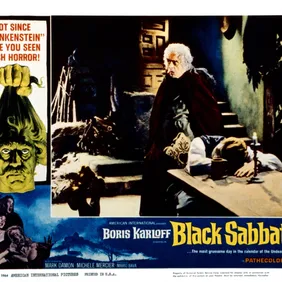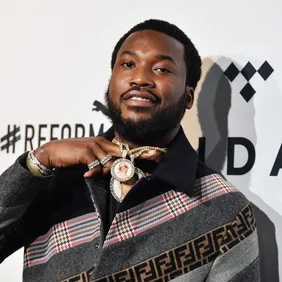As the silver screen flickers in anticipation, audiences of 1968 are served an unsettling cinematic entree—George A. Romero's Night of the Living Dead. This addition to horror cinema is an act of defiance and a statement piece, challenging an America embroiled in civil rights unrest. Here, Romero casts Duane Jones as Ben, a complex Black protagonist navigating a zombie apocalypse. What's interesting about this choice isn't just its rejection of Hollywood norms but how it functions as an exposé and a mirror to a nation torn by racial division.
The 1960s were not particularly hospitable to film portrayals of the Black experience. Far too often, roles were relegated to background characters or worse—stereotypes lacking any semblance of complexity. Into this arid landscape, Duane Jones strides as Ben, infusing the character with an emotional depth rarely granted to Black actors at the time. The nation was just starting to grapple with the implications of the Civil Rights Act—and here comes Ben, no mere side character but a fully realized individual. It's a daring maneuver that echoes the collective yearning for substantive representation.
The Film's Plot & Protagonist
In Night of the Living Dead, a disparate group of people find themselves trapped in a rural Pennsylvania farmhouse. Ben is at the forefront—no character in the film carries as much narrative weight. He's the man with a plan, the one who takes charge in the dire situation, boarding up windows and formulating escape routes against the zombie hoard. Even when he slaps Barbara (Judith O'Dea), the action isn't gratuitous but rather a radical choice reflecting both the times and the pressure-cooker tension of the storyline. A Black man striking a white woman onscreen in 1968? A cultural shockwave.
Jones's Ben defies the era's cinematic tropes. He refuses to be pinned to the sideline or to serve as a mere foil for white characters. He makes decisions, often butting heads with other members of the makeshift survivor group, including Harry Cooper (Karl Hardman). His strategic skills and leadership presence contribute significantly to the story, giving the audience someone to root for in a dismal setting. More than just a survivor in a horror film, Ben serves as an early example of a Black hero in American cinema—albeit in a genre often pigeonholed to the fringes of "serious" film criticism. And yet, it's within these very fringes that Ben also becomes a symbol of resistance. His character was archetypal in the evolving terrain of Black Horror in cinema.
Reception, Criticism, & Continued Influence
Initially, the film shocked audiences and critics with its graphic depictions of zombies feasting on human flesh and its daring socio-political undertones. Despite facing a slew of criticisms, including being labeled as "ghoulish porn" by some, the film went on to achieve a cult status.
More telling, perhaps, is the film's undeniable impact on a range of contemporary creators. Jordan Peele has acknowledged the groundbreaking work of George A. Romero and his team. Peele's Get Out owes some of its ideological architecture to Night of the Living Dead. In particular, the unfiltered exploration of Blackness within the boundaries of horror. To consider the film merely as a zombie flick would be reductive. The movie's audacious social commentary has rippled through decades. It has inspired filmmakers and ignited debates, ensuring that the film and its key characters are cemented in our collective memory.
"When I thought about it at the time, what Annabelle was, I really didn't think about it," Judith O'Dea said last year while speaking with Without Your Head. She explained she didn't even correlate the racial unrest implications or acting alongside a Black male lead. To her, she was just an excited young actress who had no idea she was making history in cinema.
The Role In Horror Noire
Horror Noire is typified by its nuanced explorations of Black life and existentialism within psychological and physiological horror settings. Films like Candyman (original and the reimagining) and Beloved owe a thematic debt to Romero's opus. The melding of horror tropes with themes of racial identity and societal discord has created an influential subgenre that commands both box office numbers and critical accolades.
Herein lies the legacy of Night of the Living Dead: it's not just a narrative about survival in the face of monstrous adversaries. It's also a blueprint for expressing the Black experience through the lens of horror. Its lingering impact can be felt in both the creative works it inspired and the conversations it provoked. This further proves that sometimes, the most terrifying reflections are those that hold a mirror to society itself.
